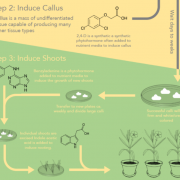
Plant Scientist Highlight: Alexander von Humboldt
This month we will be highlighting Alexander von Humboldt, who lived from 1769-1859. While he wasn't a classically trained plant scientist, he has had an enormous impact in our field, particularly in the dissemination of research to the public. Von Humboldt is most known for his expeditions to South…

Why is the field of phenomics important?
0 Comments
/
Interviews with Phenome 2018 Organizing Committee Members
Attendees of the Phenome 2018 conference were interviewed to share their perspective on the field of phenomics. Covering such topics as standardization of methodology and data, facilitating collaborations across scientific disciplines, obstacles…
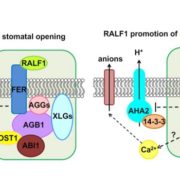
FERONIA-RALF and G Proteins in Guard Cell Response
Heterotrimeric guanine nucleotide-binding (G) proteins are composed of Ga, Gb, and Gg subunits and function as molecular switches in signal transduction. In Arabidopsis, there is one canonical Ga (GPA1), three extra-large Ga (XLG1, XLG2, and XLG3), one Gb (AGB1), and three Gg (AGG1 to 3) subunits. Despite…
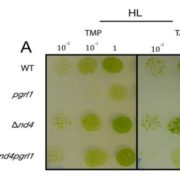
Mitochondria Affect Photosynthetic Electron Transport
Photosynthetic eukaryotic organisms rely on two organelles, chloroplasts and mitochondria, for the synthesis of the molecules NAD(P)H and ATP that fuel their metabolism. These two organelles are commonly thought of as two separate entities but the results of Larosa et al. (10.1104/pp.17.01249) suggest…
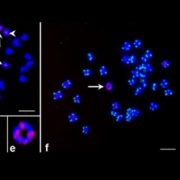
Herbicide Resistance in Common Waterhemp
The herbicide glyphosate is widely used in agriculture, especially on glyphosate-resistant (GR) transgenic crops. The widespread adoption of GR crops across the globe and an overreliance on glyphosate as a single means of weed control has spawned many GR weed species. Glyphosate inhibits the 5-enopyruvlyshikimate-3-phosphate…

Cellotriose Induces Increases in Cytoplasmic Calcium
The root-colonizing endophytic fungus Piriformospora indica, which was originally isolated from the rhizosphere of two woody shrubs in the Indian Thar Desert, colonizes the roots of a broad host range, including the model plant Arabidopsis. P. indica does not cause pathogenic symptoms, but promotes root…
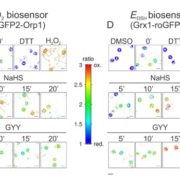
Hydrogen Sulfide’s Role in Stomatal Closure
Hydrogen sulfide (H2S) is an important gaseous signaling molecule in plants that participates in stress responses, development, and stomatal closure. In plants, H2S is enzymatically produced by cysteine desulfhydrase in the catalyzed conversion of cysteine to pyruvate, H2S, and NH3+. In Arabidopsis…
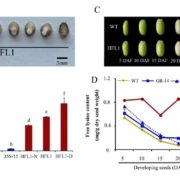
Serotonin Accumulation in High-Lysine Rice
The nutritional quality of cereals often suffers from a deficiency in essential amino acids, especially lysine. Recently, High Free Lysine (HFL) rice (Oryza sativa) has been genetically engineered. The free lysine content in the mature endosperm of two HFL transgenic lines (HFL1 and HFL2) is increased…


